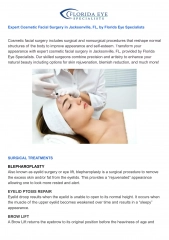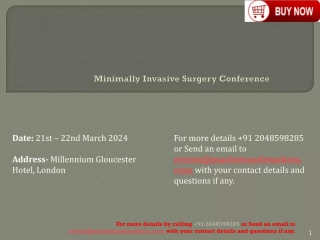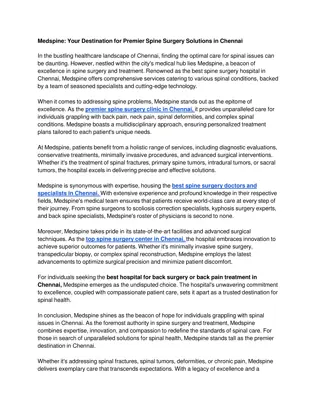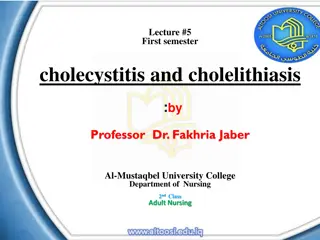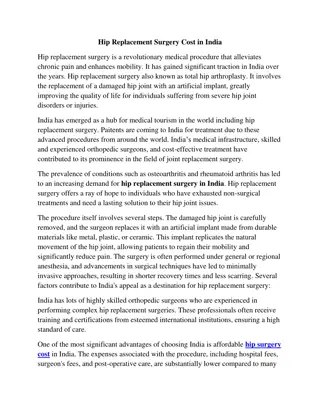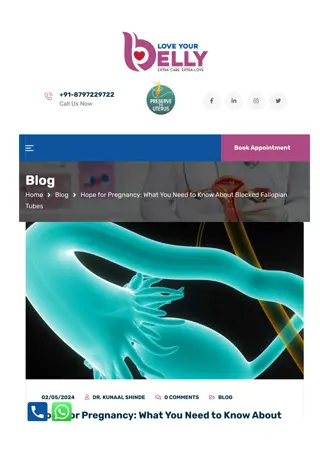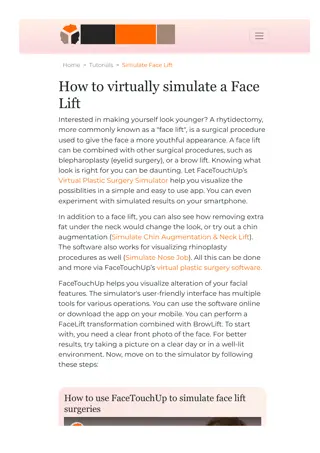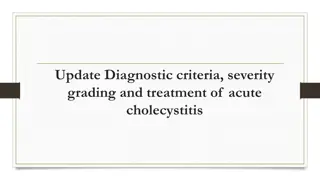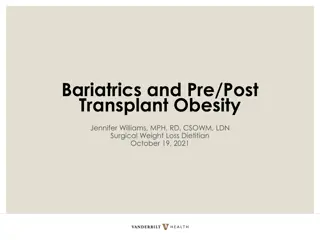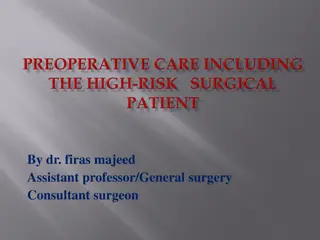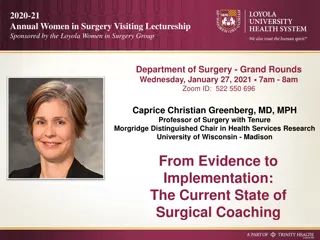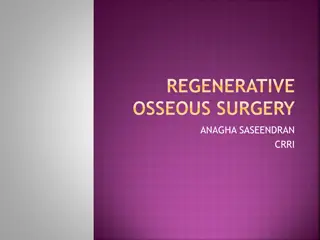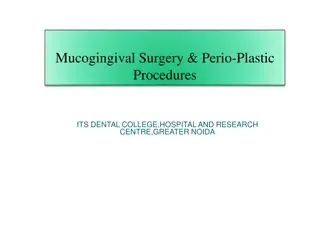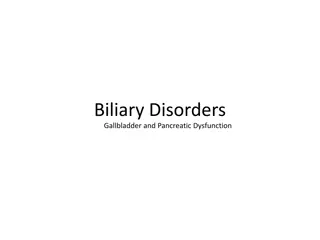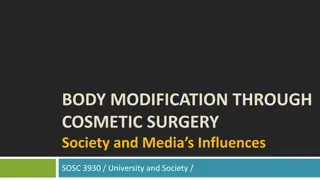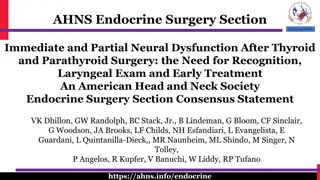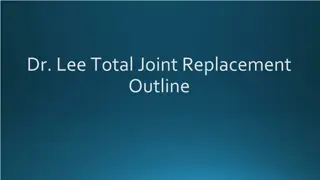Updates in General Surgery 2019: Diverticulitis, Cholecystitis, Appendicitis
In this update on general surgery, key topics such as diverticulitis, cholecystitis, and appendicitis are discussed. The content covers risk factors, dietary considerations, antibiotic therapy, and management strategies for these common conditions. It provides valuable insights for healthcare professionals managing patients with these gastrointestinal illnesses.
Download Presentation

Please find below an Image/Link to download the presentation.
The content on the website is provided AS IS for your information and personal use only. It may not be sold, licensed, or shared on other websites without obtaining consent from the author.If you encounter any issues during the download, it is possible that the publisher has removed the file from their server.
You are allowed to download the files provided on this website for personal or commercial use, subject to the condition that they are used lawfully. All files are the property of their respective owners.
The content on the website is provided AS IS for your information and personal use only. It may not be sold, licensed, or shared on other websites without obtaining consent from the author.
E N D
Presentation Transcript
Itis Update What s New in General Surgery 2019 Fernie, Oct 2019
Topics Diverticulitis Cholecystitis Perianalitis (perianal abscess and fistula) Appendicitis
Disclosures None
Diverticulitis 4-15% of pts with diverticulosis 3rdmost common GI illness requiring hospitalization Most common reason for elective colon resection
Diverticulitis Risk Factors Diet Obesity Inactivity Smoking Low Risk lifestyle associated with 50% lower risk of diverticulitis
Diverticulitis Diet Fiber High fiber diet likely reduces risk of progression from asymptomatic to symptomatic disease High fiber diet may not reduce symptoms in pts who already have symptomatic disease Seeds and Nuts Health Professionals Follow-up Study (JAMA 2008:300(8):907) 47,000 men, age 40-75, from 1986-2004 Inverse association between nut/popcorn consumption and diverticulitis
Diverticulitis Antibiotics Gold standard despite lack of evidence Swedish RCT 2012 and Dutch Diabolo Trial 2017 CT confirmed uncomplicated diverticulitis randomized to antibiotics or placebo No significant difference in Abscess/perforation Chronicity and recurrence Surgery readmission
Diverticulitis What I do Inpatient management: Abx Outpatient management Discuss controversy surrounding Abx Give pt script for Abx to start only if symptoms worsen Colonoscopy (higher incidence of colon cancer compared with age matched controls)
Acute Cholecystitis Occurs in 10% of pts with symptomatic gallstones over 10yrs Pathogenesis Cystic duct obstruction not the only cause Likely inflammatory mediator contribution Only 50% of aspirates are culture positive
Acute Cholecystitis Clinical: pain>6 hrs, Murphy s sign, Labs: WBC, CRP Ultrasound: gallstones, wall edema, pericholecystic fluid Operator dependant (88% sensitivity, 80% specificity)
Acute Cholecystitis Treatment Pain Control: NSAIDs better than opioids All opioids increase sphincter of Oddi pressure Abx: Can be omitted in mild cases
Acute Cholecystitis Surgery Early surgery Shorter hospital stay (3 days), fewer work days missed No increase in complications ASA I and II pts (?III) Timing Ideally within 72 hrs of onset of symptoms Still ok after 72 hrs of symptoms but higher risk of conversion to open
Perianal Abscess Demographics 16 per 100,000 per year Mean age of 40 (range 20-60) Males 2x more likely than females Etiology Obstructed anal crypt gland 30-50% associated with fistula or go on to develop fistula after I&D
Perianal Abscess: Treatment I&D As close to anal verge as possible Aspirate with 16 gauge needle before incision Packing: 2 RCTs showed no difference in recurrence/fistula formation) Abx Reduces fistula rate from 24% to 16% (2 RCTs) No difference in recurrence. 5 days of Cipro/Flagyl or Clavulin
Appendicitis Demographics 8.6% lifetime risk for males 6.7% lifetime risk for females Mechanism Luminal obstruction Lymphoid hyperplasia in younger pts Fibrosis, fecaliths, tumours more common in older pts Perforation 20% perforate within 24 hrs of symptoms
Appendicitis Treatment Uncomplicated: surgery Abscess: drainage and abx Phlegmon: abx Interval Appendectomy Colonoscopy before surgery (rule out tumour or IBD) 20% incidence of neoplasm in this population
Appendicitis Non-operative management 6 RCTs 10% failure rate initially, 90% respond Lower/similar pain scores, quicker return to work 30% recur within 1styear (avg 5 months) No long-term follow-up Risk of missed neoplasm
Appendicitis Timing of Surgery 12-24 hr delay in surgery not associated with higher risk of perforation >48 hr delay associated with increase risk
Appendicitis - Children Anatomy Appendix is funnel-shaped in first year of life (lower risk of obstruction) Lymphoid follicles reach maximal size during adolescence (peak incidence of appendicitis) Omentum: underdeveloped in young children so higher risk of diffuse peritonitis
Appendicitis - Children 0-5 years old <5% of appendicitis >50% have advanced disease Variable presentation localized RLQ pain occurs in <50% of patients Best managed in pediatric hospital
Appendicitis - Children School-age (5-12 yrs.) Abdominal pain and emesis are common May not have typical migration of pain Adolescent Similar presentation to adults
Appendicitis - Children Diagnosis No need to withhold pain medication Abx may lower confidence regarding exam Rebound testing unnecessary (high false positive results)
Appendicitis - Children Scoring Systems Pediatric Appendicitis Score (PAS) Low-Risk Appendicitis Score Alvarado score Pediatric Appendicitis Risk Calculator (pARC) Reliance on clinical factors (for which there is significant variation) Low score helpful in ruling out appendicitis Intermediate score helpful in assessing need for imaging Not been shown to improve outcomes
Summary Diverticulitis Lifestyle (obesity, exercise, smoking, diet) Consider omitting antibiotics colonoscopy Cholecystitis Most patients should have early operative management
Summary Perianal Abscess Superficial abscess can be drained at bedside No packing 5 days of Abx Appendicitis Surgery still standard of care; ideally within 24 hrs of presentation Abx can be an option for select patients Children<5 should be sent to Children s Hospital


